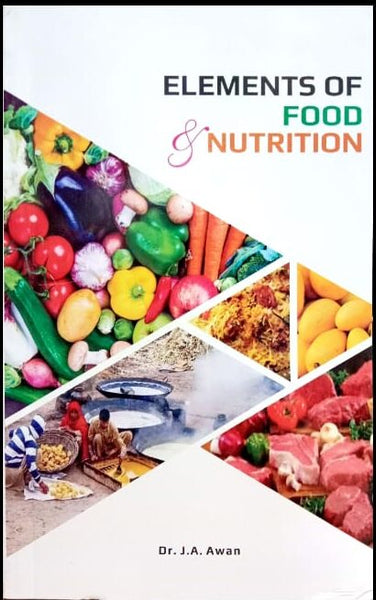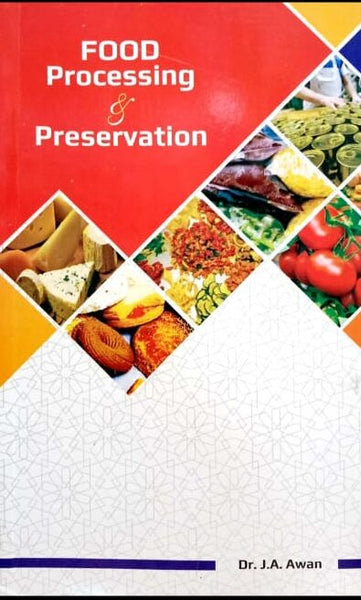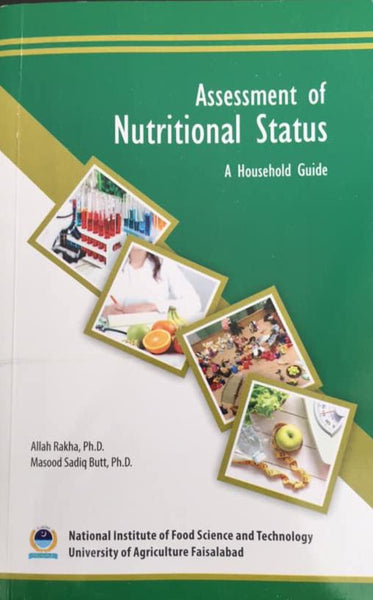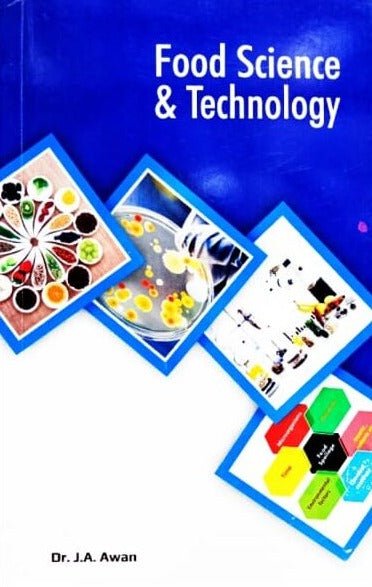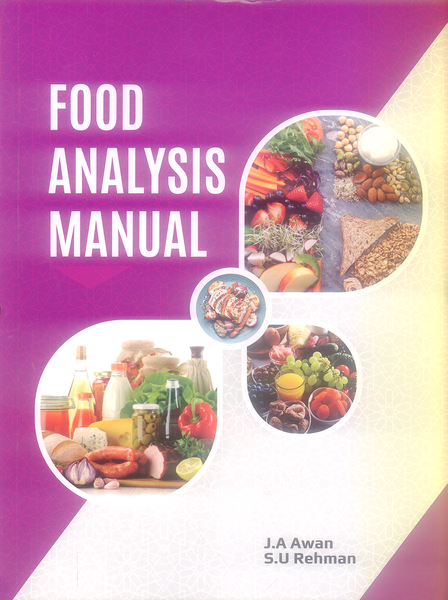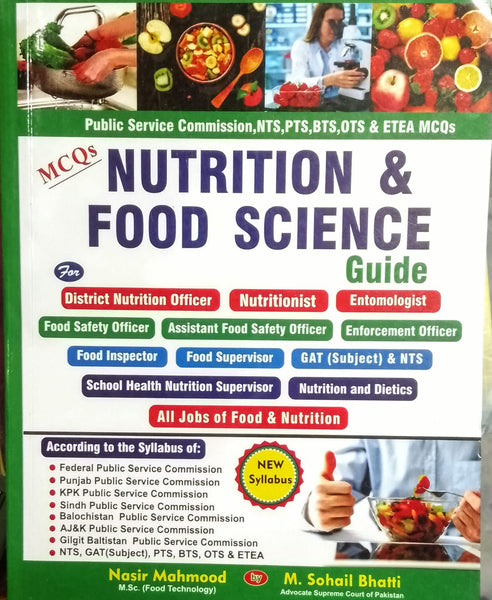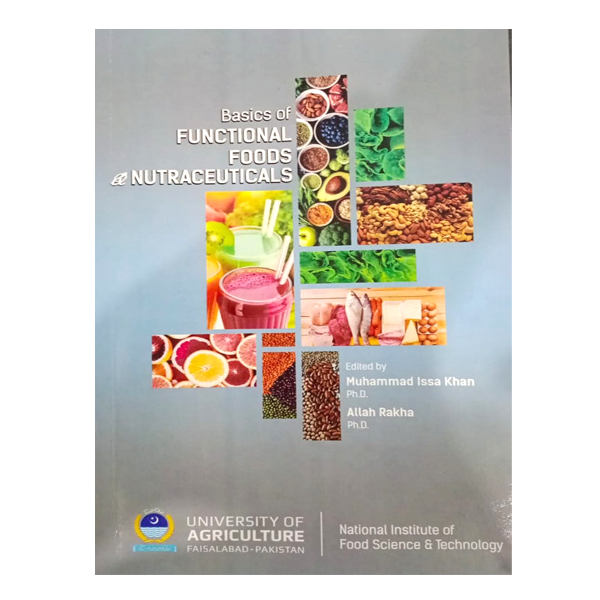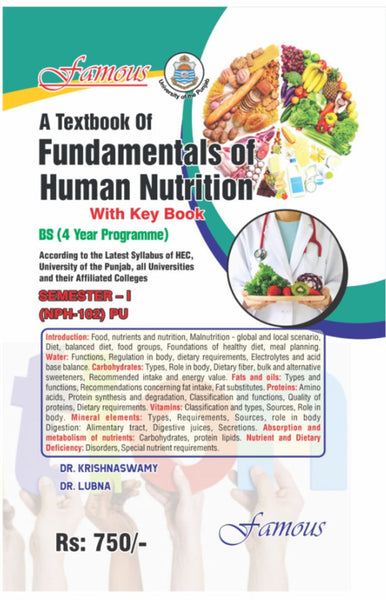Meat Processing An Introductory Text By Muhammad Issa Khan
- Publisher: FOOD SCIENCE & TECHNOLOGY
- Availability: In Stock
- SKU: 49037
- Number of Pages: 171
Rs.500.00
Rs.645.00
Tags: best books , Best Selling Books , carcass , consumer education , cooking , cooking instructions , cross-contamination , curing , cutting , equipment , farm to fork , fermentation , flavor , good books , hygiene , hygiene practices , inspection , labeling , marination , market value , meat , Meat Processing , microbial safety , packaging , preservation , processing , Recommended Book , sanitation , sensory attributes. , slaughter , standards , storage , tenderization , texture , trimming
Meat processing involves various techniques and methods to transform raw meat into consumer-ready products. This introductory text by Muhammad Issa Khan and Masood Sadiq Butt from the University of Agriculture, Faisalabad, provides a comprehensive overview of the meat processing industry, covering key aspects from slaughter to packaging. Understanding the fundamentals of meat processing is crucial for ensuring food safety, quality, and meeting consumer demands.
Key Points:
1. Slaughter and Dressing Slaughter and dressing are critical initial stages in meat processing, ensuring humane treatment of animals and hygienic handling of carcasses. Techniques such as stunning and bleeding are employed to minimize stress and preserve meat quality.
2. Carcass Inspection Carcass inspection involves rigorous assessment to identify any abnormalities or diseases. This step ensures only safe and wholesome meat enters the processing chain, safeguarding public health.
3. Meat Cutting and Trimming Precise cutting and trimming techniques are employed to portion meat into desired cuts and remove excess fat and connective tissue. This enhances the appearance, palatability, and market value of meat products.
4. Marination and Tenderization Marination and tenderization processes improve the flavor, texture, and tenderness of meat products. Various methods, such as injection, tumbling, and enzymatic treatment, are utilized to enhance sensory attributes and prolong shelf life.
5. Cooking and Smoking Cooking and smoking are traditional methods employed to impart unique flavors and extend the shelf life of meat products. Controlled temperature and humidity conditions are crucial to achieve desired sensory characteristics and microbial safety.
6. Curing and Fermentation Curing and fermentation are preservation techniques that rely on salt, sugar, and microbial cultures to inhibit bacterial growth and enhance flavor development. These methods are commonly used in the production of cured meats such as bacon and sausages.
7. Packaging and Storage Proper packaging and storage play a vital role in maintaining meat quality and safety throughout the distribution chain. Vacuum packaging, modified atmosphere packaging, and cold storage facilities help extend shelf life and prevent microbial contamination.
8. Quality Control Stringent quality control measures are implemented at every stage of meat processing to ensure compliance with regulatory standards and customer expectations. Monitoring parameters such as temperature, pH, and microbial counts help identify and rectify deviations from quality specifications.
9. Hygiene and Sanitation Maintaining high standards of hygiene and sanitation is essential to prevent cross-contamination and microbial proliferation in meat processing facilities. Regular cleaning and disinfection of equipment, surfaces, and personnel minimize the risk of foodborne illnesses.
10. Consumer Education Educating consumers about the importance of proper meat handling, storage, and cooking practices is crucial for minimizing food safety risks and maximizing enjoyment. Providing clear labeling and cooking instructions empowers consumers to make informed choices and reduce food waste.
In conclusion, this introductory text offers valuable insights into the multifaceted world of meat processing, highlighting its significance in ensuring food safety, quality, and consumer satisfaction. By understanding the key principles and practices outlined in this text, stakeholders in the meat industry can navigate challenges and capitalize on opportunities for sustainable growth and innovation.
════ ⋆★⋆════
Writer ✤ Muhammad Issa Khan & Masood Sadiq Butt



